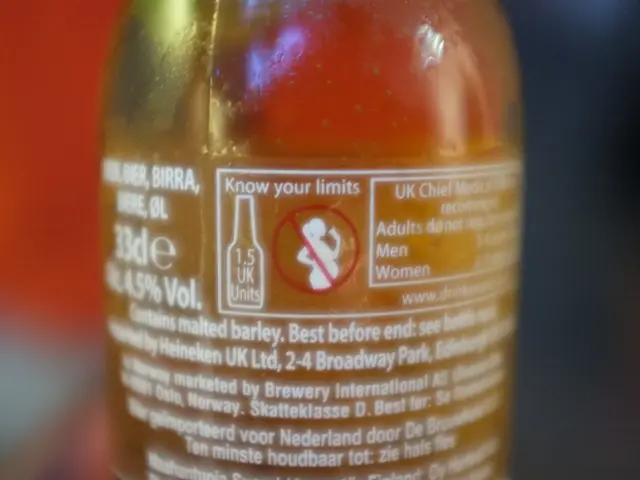Understanding Fertilizers: A Breakdown of Nitrogen, Phosphorus, and Potassium (NPK)
In the world of gardening, understanding the intricacies of soil nutrients is crucial for nurturing a thriving garden. One of the most common methods to ensure the right balance of nutrients in your soil is through the use of NPK fertilizers.
NPK stands for Nitrogen (N), Phosphorus (P), and Potassium (K), three essential nutrients that plants need for optimal growth. The numbers on an NPK fertilizer label represent the percentage of these nutrients in the fertilizer.
Potassium (K) is a vital nutrient that helps regulate the plant's water balance and improves plant health and fruit quality. It plays a significant role in the overall functions of the plant, supporting the plant's vitality.
Nitrogen (N), on the other hand, is largely responsible for the rapid growth of green leaves. It is a key nutrient that many soils may lack, particularly in deficient soils. When choosing a fertilizer, the higher the first number (representing nitrogen) on the label, the more concentrated it is in nitrogen.
Phosphorus (P) is another essential nutrient that promotes root growth, as well as flower and fruit development.
When it comes to selecting the right fertilizer, the type of plant being grown can influence the choice. For example, leafy vegetables may benefit from a fertilizer with a higher nitrogen number.
If your garden soil is deficient in nutrients, the NPK numbers on a fertilizer can help address the imbalance. However, it's important to note that a soil test should be the first step in this process.
To calculate the amount of fertilizer needed, divide 100 by the corresponding number on the fertilizer label (e.g., for a 10-10-10 fertilizer, 100 divided by 10 equals 10 pounds of fertilizer to add 1 pound of nitrogen to the soil). Always apply fertilizer according to the manufacturer's directions to avoid over-fertilizing and potentially damaging plants.
If you are a pet owner, it's essential to consult with your garden center representatives to ensure the fertilizers you choose are pet-friendly.
Remember, the numbers on a fertilizer label represent the percentage of nitrogen, phosphorus, and potassium in the fertilizer. The higher the number on the fertilizer label, the more concentrated that nutrient is in the fertilizer. These percentages are calculated by weight.
A balanced fertilizer has equal percentages of nitrogen, phosphorus, and potassium. However, the remainder of NPK fertilizer ingredients are usually sand or ground limestone, and sometimes micronutrients.
For expert advice on gardening, consider the insights of Nikki Tilley, a gardening expert with nearly three decades of experience. Tilley, who has authored six gardening books and previously served as the Senior Editor and Archivist of a gardening platform, is a valuable resource for all things gardening.
Meanwhile, Teo Spengler, a writer for the platform, also provides informative articles on various gardening topics.
In conclusion, understanding NPK fertilizers and their role in soil nutrition can significantly contribute to a thriving garden. By following the guidelines provided and conducting regular soil tests, gardeners can ensure their plants receive the right balance of nutrients for optimal growth.
Read also:
- Honoring Ayurveda Day 2024: Tapping into the Power of AYUSH for Worldwide Wellbeing
- casesof West Nile virus resulting in fatalities in Greece, with seven individuals confirmed to have succumbed to the disease
- Nutrient-Packed Wonders: Why Sardines Deserve Respect for Their Health Benefits
- Assessing the Importance: Deciphering the Meaning Behind an Attention Deficit Hyperactivity Disorder (ADHD) Diagnostic Examination





